Publishing Workflows
1. Publish
What is Publishing?
Publishing locks a workflow into a specific, immutable version.
Published versions provide version control, allowing users to track changes and restore prior versions when needed.
Steps to Publish a Workflow
Access the Publish Sidebar
Click the Publish button in the header menu to open the Publish sidebar.
Open the Publish Popup
Click the + icon in the sidebar to start the publishing process.
Provide Version Details
Add a comment summarizing the changes in this version. Example: "Enhanced API validation and updated response schema."
Confirm and Publish
Click the Publish button to finalize. The workflow version is now locked and available for deployment.
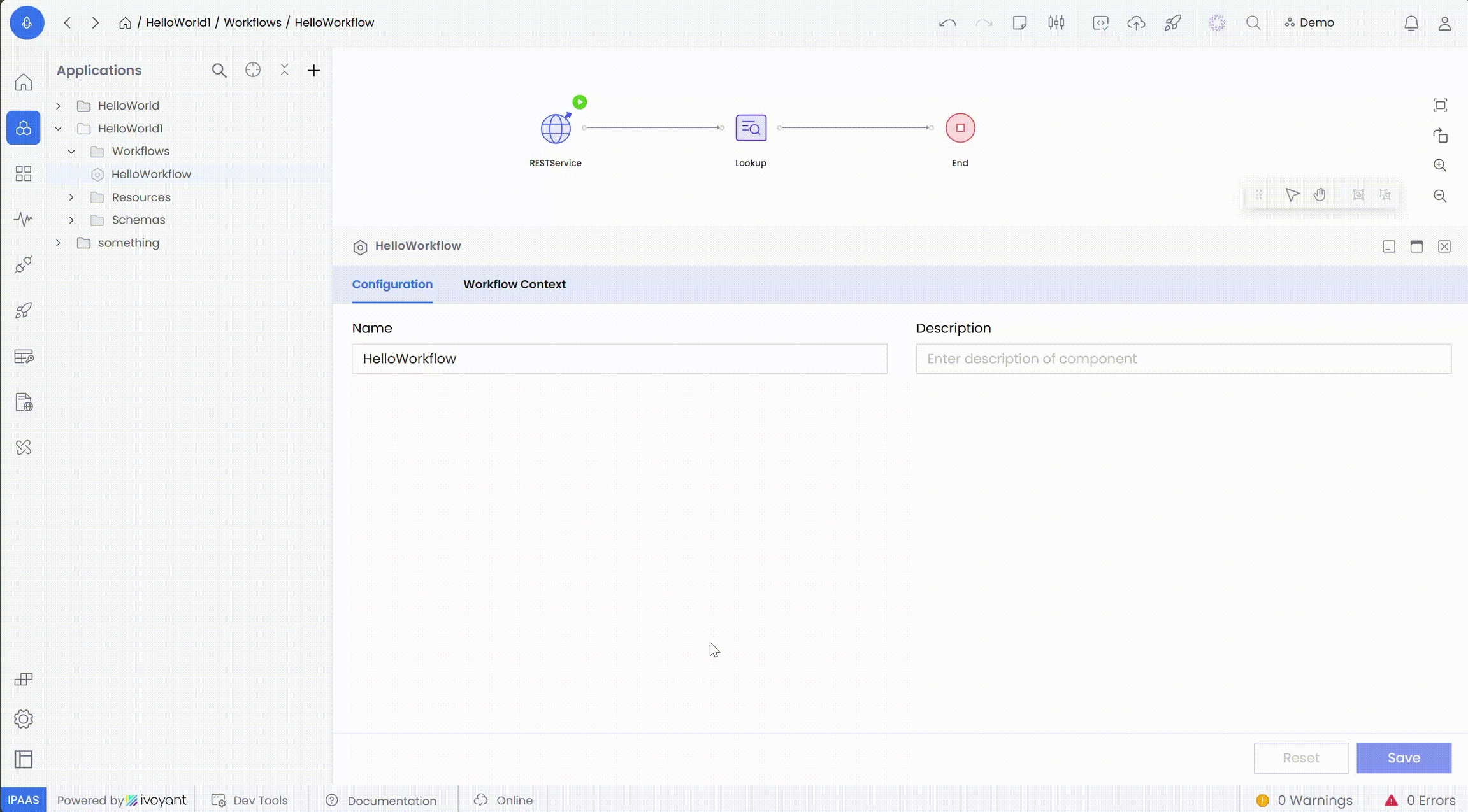
2. Deploy
What is Deployment?
Deployment executes a published version of a workflow in a target environment.
Users can deploy workflows as a Secured API or Public API in the Development environment by default.
Deployment Options
Secured API Provides restricted access to the workflow, requiring authentication such as API keys or tokens.
Public API Offers open access to the workflow without authentication, ideal for public-facing use cases.
Steps to Deploy a Workflow
Access the Deployment Page
Navigate to the Deploy Page via the workflow interface.
Select Deployment API Type
Choose Secured API or Public API based on the workflow’s access requirements.
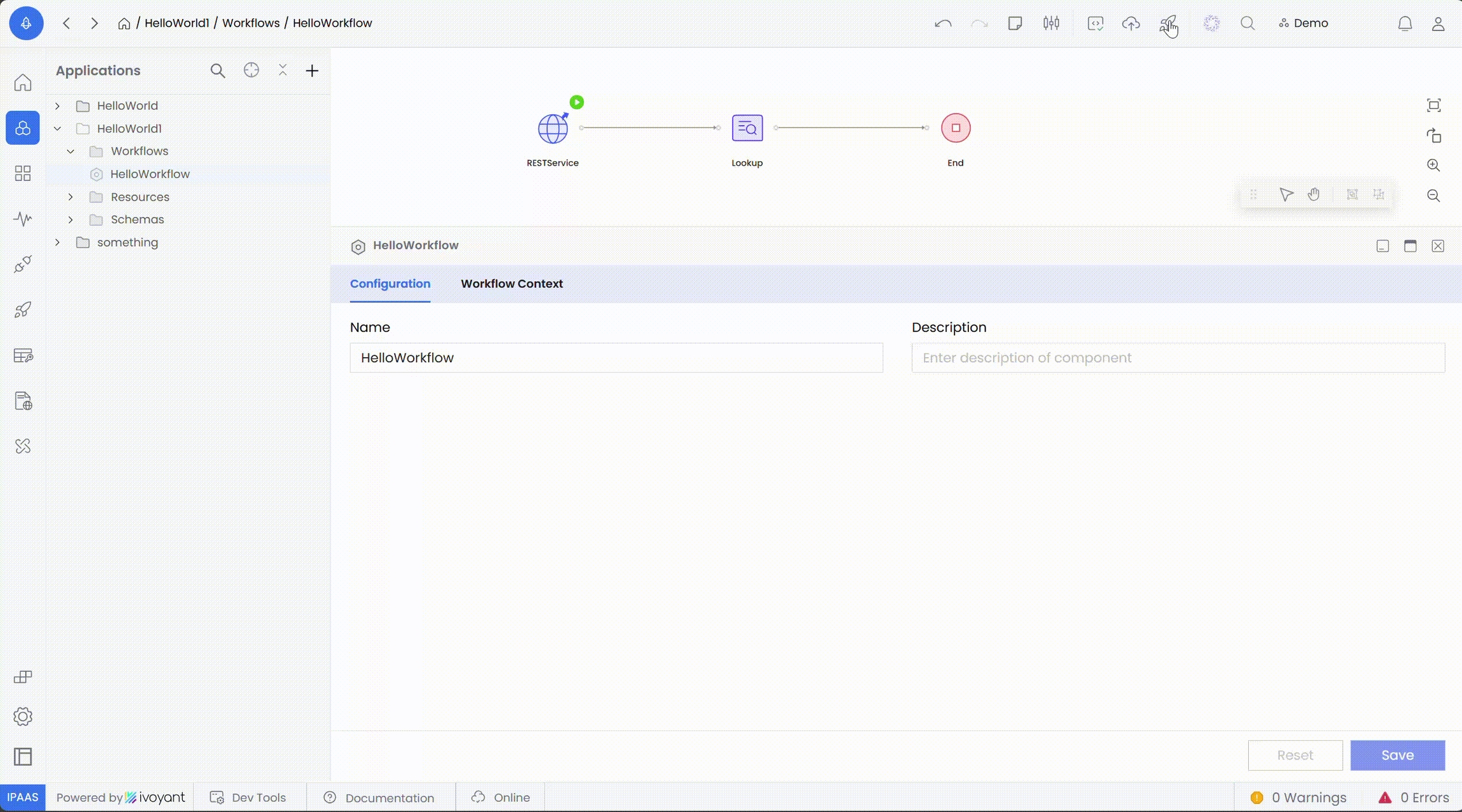
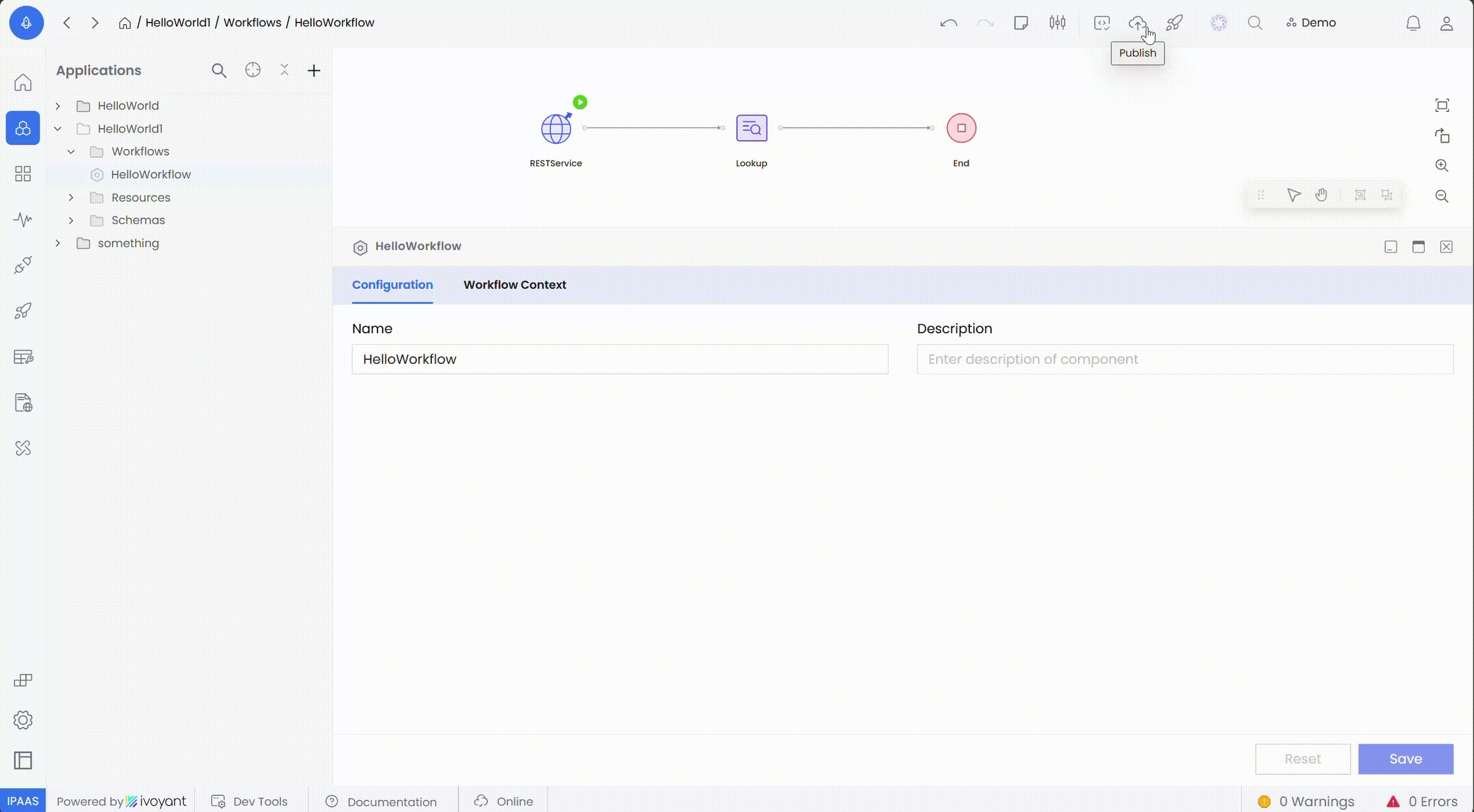
Initiate Deployment
Click the Deploy button. The most recently published version is automatically selected.
3. Promote
What is Promotion?
Promotion transitions a deployed workflow from the Development environment to the Production environment.
This process is managed through the Promote button on the Deploy Page and requires approval from designated approvers.
Steps to Promote a Workflow
Access the Promote Option
Navigate to the Deploy Page and locate the deployed workflow.
Click the Promote button next to the workflow.
Request Approval
Clicking Promote sends an approval request to designated users.
Approvers review the workflow and either approve or reject the request.
Complete Promotion
Upon receiving all necessary approvals, the workflow is promoted to the Production environment.
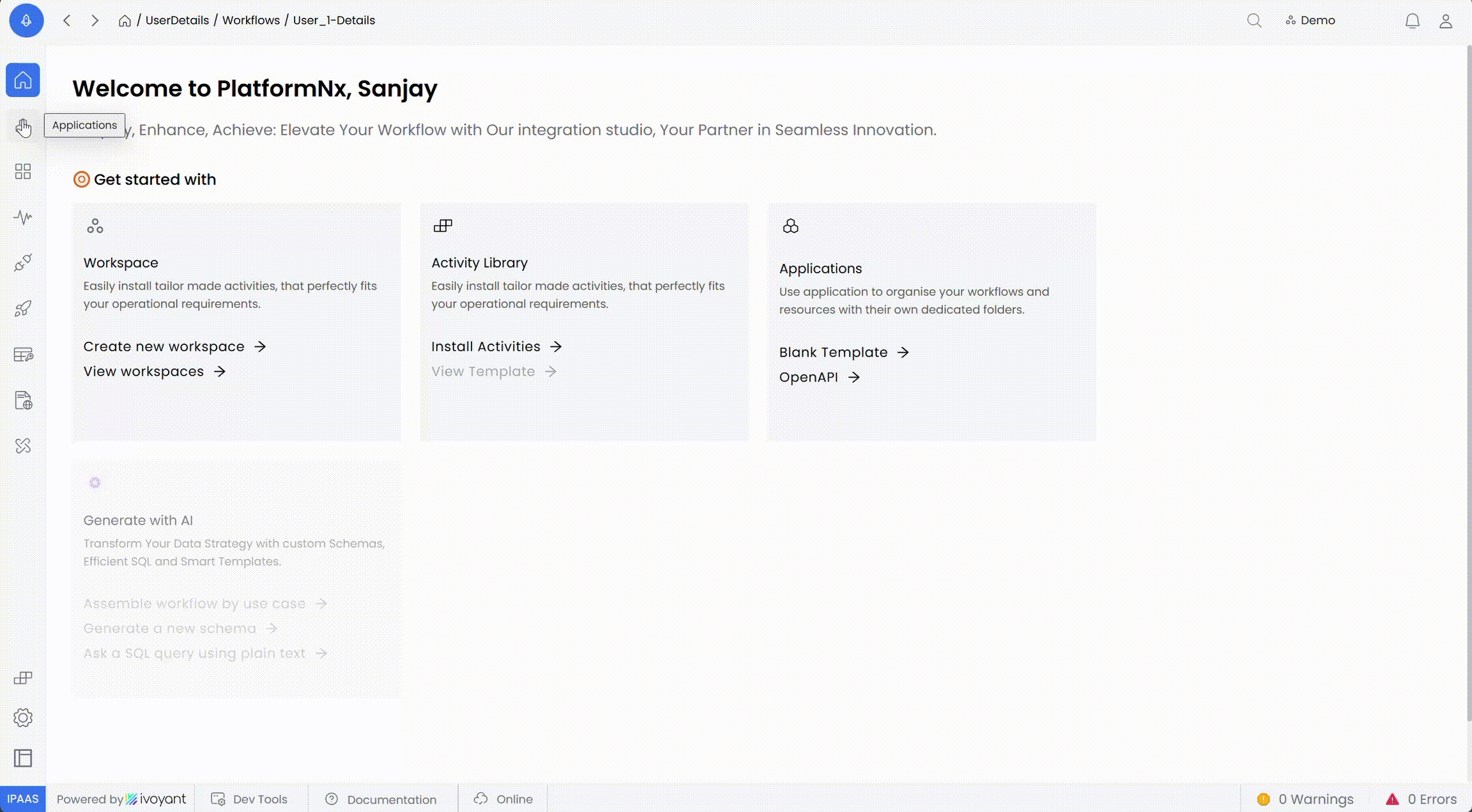
4. Rollback
What is Rollback?
Rollback allows users to restore a previously deployed workflow version in case the current version exhibits issues or errors.
This feature ensures business continuity by reverting to a stable state.
Steps to Rollback a Deployed Workflow
Access the Deployment Page
Navigate to the Deploy Page where all deployed versions are listed.
Select the Version to Rollback
Locate the workflow version you wish to restore from the version history.
Initiate Rollback
Click the Rollback button associated with the selected version.
Confirm the rollback action.
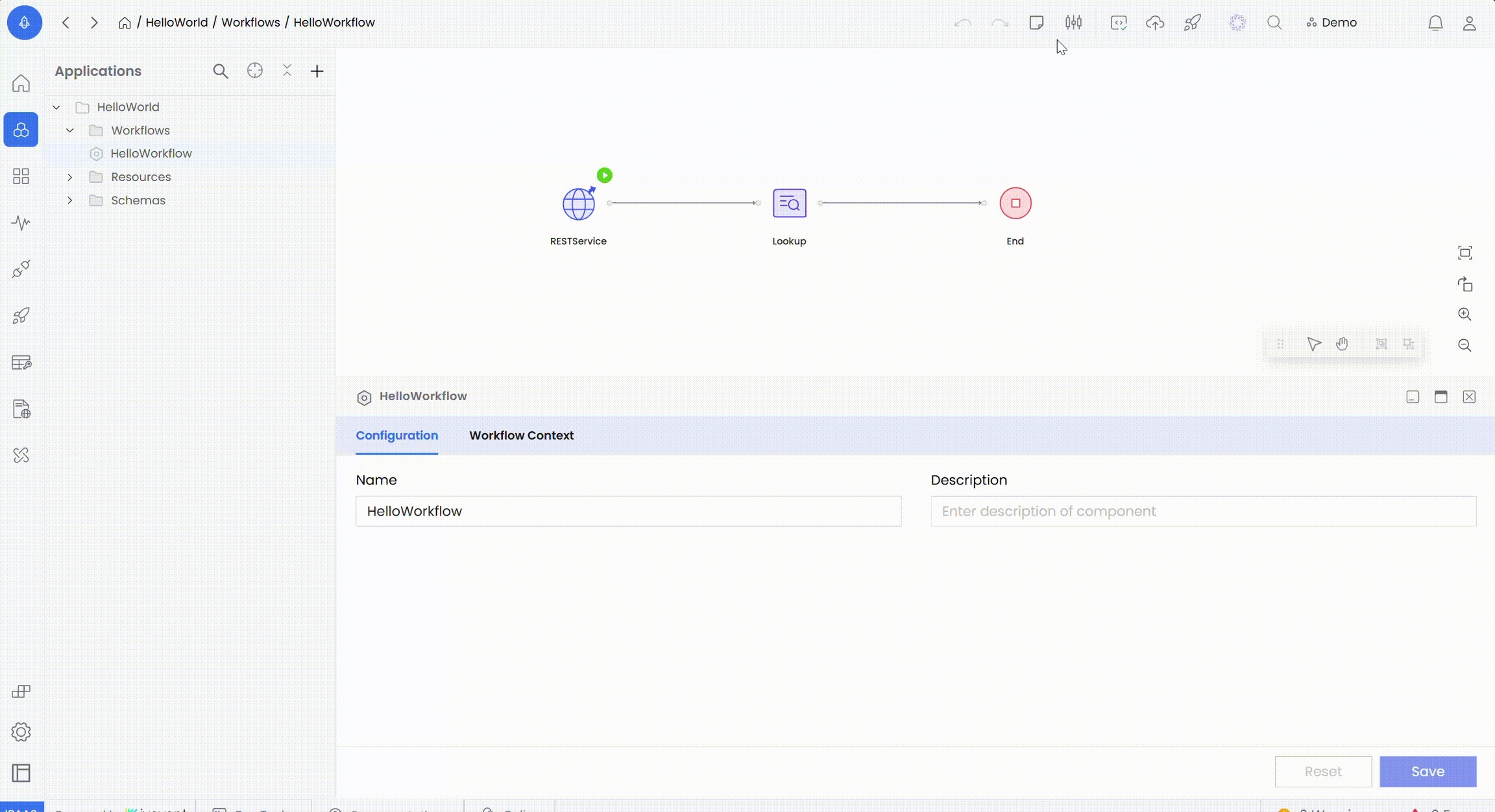
Rollback Use Cases
Resolving issues in the current workflow version that impact functionality.
Quickly restoring operations to a previously validated state.
Last updated
Was this helpful?
